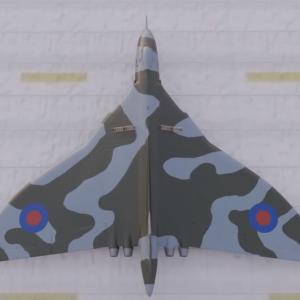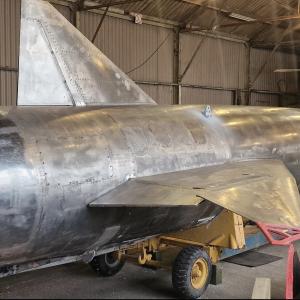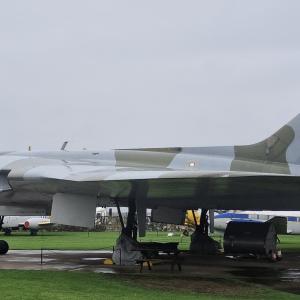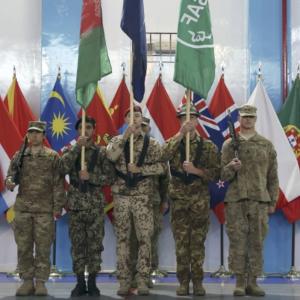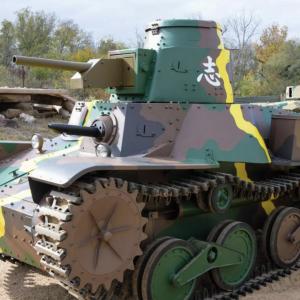
Boulton Defiant plane
The Boulton Paul Defiant was a British fighter aircraft developed and deployed during the early years of the Second World War. Conceived during the interwar period, the Defiant was an unconventional design that diverged from traditional single-seat fighter layouts. The aircraft was the result of a specification issued by the British Air Ministry in 1935, F.9/35, which called for a two-seat fighter with a powered turret as its primary armament. The design was developed by Boulton Paul Aircraft, a company with roots in the manufacture of aircraft components and wartime production that had grown into a full aircraft manufacturer by the 1930s. The chief designer responsible for the Defiant was John Dudley North, who had a long association with Boulton Paul and was known for his innovative approach to aircraft design.
Construction of the Boulton Paul Defiant was undertaken at the company’s factory in Wolverhampton, with assembly work carried out at Pendeford. It made its maiden flight on 11 August 1937. The aircraft was a low-wing monoplane of all-metal construction with retractable landing gear and a Rolls-Royce Merlin engine, the same powerplant used in other notable British aircraft like the Spitfire and Hurricane. However, unlike those aircraft, the Defiant was designed around a powered dorsal turret, which was fitted with four .303 inch (7.7 mm) Browning machine guns. This turret, located behind the pilot’s cockpit, was operated by a second crew member who served as the gunner. The concept behind the design was that this turret would allow the Defiant to attack enemy bombers from below and behind without needing to turn toward the enemy.
The aircraft entered service with the Royal Air Force in December 1939, initially serving with No. 264 Squadron. Its first combat missions were flown in May 1940 during the evacuation of Dunkirk. In its early engagements, the Defiant appeared to be surprisingly effective against German aircraft. German pilots initially mistook the Defiant for the similar-looking Hawker Hurricane and attempted to attack it from the rear, where they were met with devastating fire from the powered turret. This led to some early successes and an inflated reputation. However, the aircraft’s weaknesses quickly became apparent. The lack of forward-firing guns meant it was unable to engage effectively in conventional dogfights. Once the Luftwaffe adapted their tactics and began attacking the Defiant from below or head-on, its vulnerability became clear. The aircraft suffered heavy losses in daylight operations over France and southern England.
Recognizing its shortcomings as a day fighter, the RAF quickly reassigned the Defiant to the night fighter role, where it found a new lease of life. At night, the aircraft’s disadvantages were less critical, and its turret-mounted guns proved effective against German bombers during the Blitz. The Defiant served as a night fighter throughout 1940 and 1941, often in conjunction with ground-based radar guidance. Though still not an ideal platform, it played a valuable part in Britain’s air defense network during this phase of the war. Some Defiants were later converted to serve in secondary roles, including target towing, air-sea rescue, and gunnery training.
Over the course of its production life, a total of 1,064 Defiants were built. The main versions included the Mk I, which was used for both day and night operations, and the Mk II, which was optimized for night fighting and featured a Merlin XX engine and improved radar and communication equipment. A number of Defiants were also produced without turrets for training and non-combat roles later in the war.
The aircraft's crew consisted of two members: the pilot and the air gunner. The pilot flew the aircraft and navigated during missions, while the gunner operated the electrically powered turret and served as the primary means of offense. The turret itself was a key feature of the design, offering 360-degree rotation and allowing for engagement of targets in multiple directions, although its weight and bulk significantly reduced the aircraft’s speed and agility compared to single-seat fighters. In its armed configuration, the Defiant carried no fixed forward-firing guns, relying entirely on its turret-mounted weapons. In some later variants or field modifications, minor armament adjustments were made, but the aircraft never matched the firepower or flexibility of the newer single-seat fighters introduced later in the war.
In retrospect, the Boulton Paul Defiant is considered a valiant but flawed design. Its initial concept was based on the belief that bomber formations would be the primary threat and that heavily armed turret fighters would be more useful than nimble interceptors. This belief was quickly disproven in combat, but the aircraft still managed to play a useful role, especially at night. While ultimately rendered obsolete by more advanced and versatile designs, the Defiant remains a noteworthy example of wartime innovation and adaptation under pressure.

